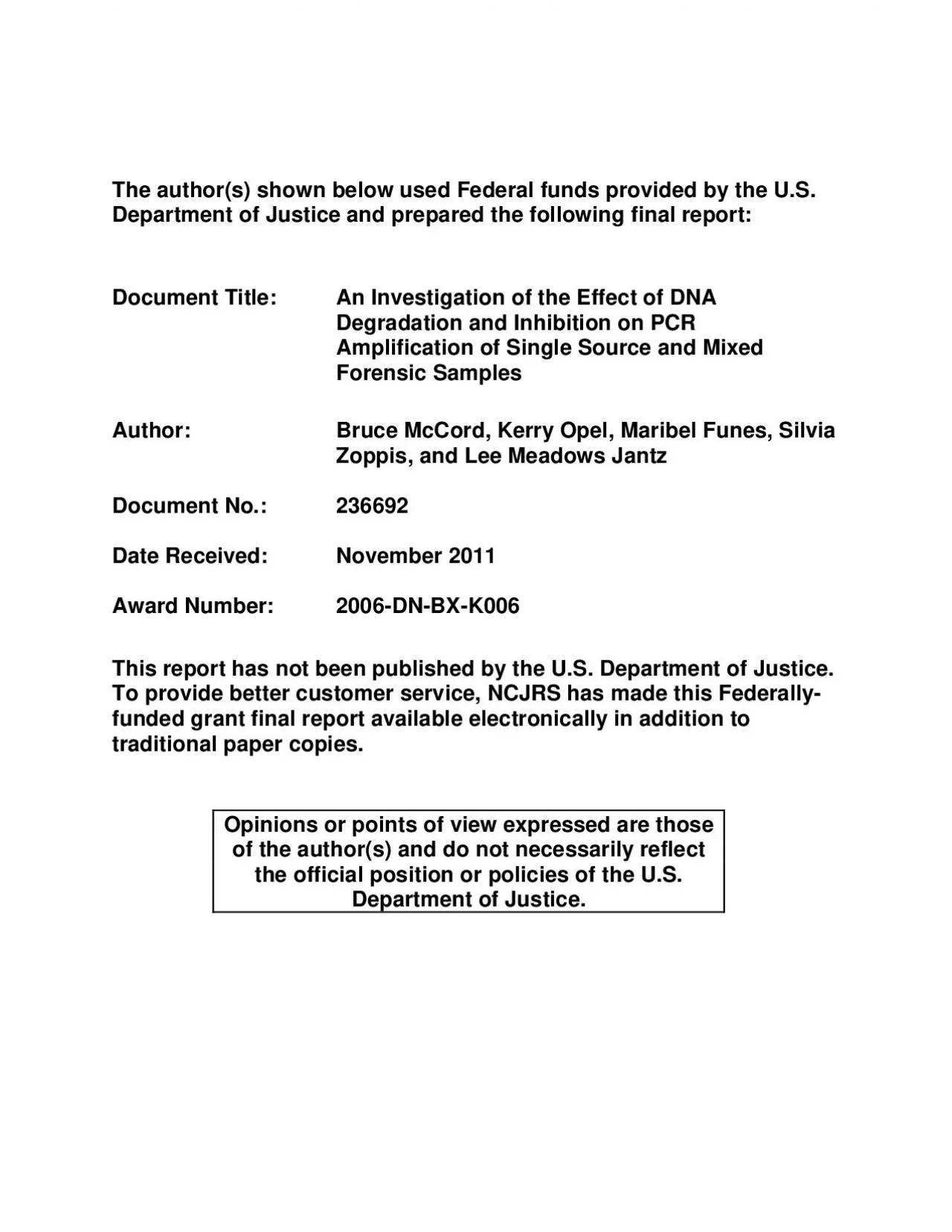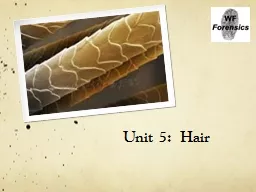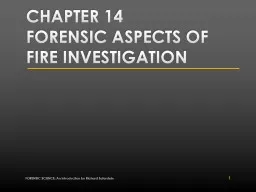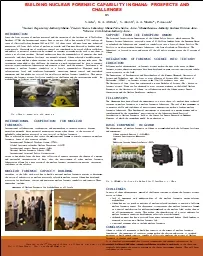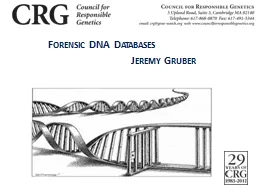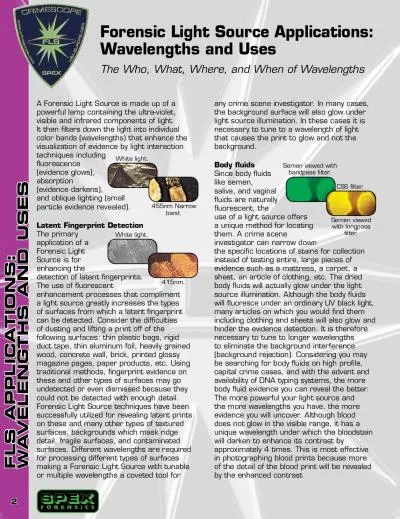PDF-of single source and mixed forensic samples
Author : trinity | Published Date : 2022-09-06
1 er 250 S Stadium Hall University of Tennessee Knoxville TN 1 2 of single source and mixed forensic samples Abstract 1 Table of contents 2 Executive Summary 3 Introduction
Presentation Embed Code
Download Presentation
Download Presentation The PPT/PDF document "of single source and mixed forensic samp..." is the property of its rightful owner. Permission is granted to download and print the materials on this website for personal, non-commercial use only, and to display it on your personal computer provided you do not modify the materials and that you retain all copyright notices contained in the materials. By downloading content from our website, you accept the terms of this agreement.
of single source and mixed forensic samples: Transcript
Download Rules Of Document
"of single source and mixed forensic samples"The content belongs to its owner. You may download and print it for personal use, without modification, and keep all copyright notices. By downloading, you agree to these terms.
Related Documents

